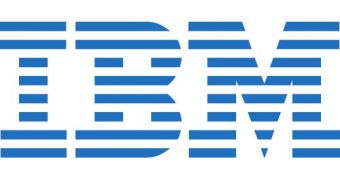The Top500 list classifies supercomputers according to their maximum computing power (how many flops they are capable of). In parallel, the Green500 list is its complement, measuring the power efficiency of those conglomerates. After this year's second Green500 report, IBM was shown to have preeminence in the area of power-efficient supercomputers.
"Supercomputers can no longer focus only on raw performance. The era of simply adding more processors is coming to a close," David Turek, vice president, deep computing, IBM, said. "Clients need to be able to run supercomputers anywhere, not only places that have cheap power. As the Green500 proves, IBM has focused on this issue for some time and is well positioned to usher in performance breakthroughs along with efficiency gains."
The concern for power preservation has been growing along with humankind's awareness that its actions have destructive effects upon the planet. IBM seems to be the enterprise that has invested the most time and effort into somehow reducing power consumption, sparing natural resources. As such, 18 of the Green500 top 20 supercomputers are powered by it, and, simultaneously, out of the top 100, 69 are also powered by IBM.
At the top of the lists stands the supercomputer built at the Julich supercomputing center in Germany, which is a joint venture of IBM and an academic consortium of universities and research centers. This system yields over 723 Mflops (millions of floating point operations per second) per watt of energy.
What's more, the second most efficient system is another IBM-powered supercomputer, a system at the Los Alamos National Laboratories, which, coincidentally, is also the first that broke through the petaflop barrier. Currently, it is able to produce 444 Mflops per watt of energy. Compared with it, the non-IBM supercomputer that topped the Top500 list holds only the 44th place on the Green500 list, producing only 253 Mflops per watt.
More information on the Green500 list may be found at http://www.green500.org/ , whereas the Top500 list may be viewed here.

 14 DAY TRIAL //
14 DAY TRIAL //